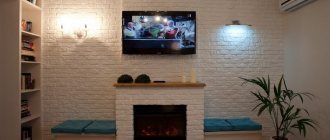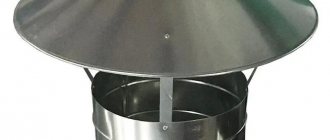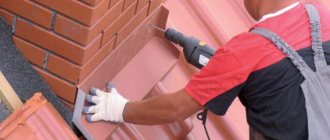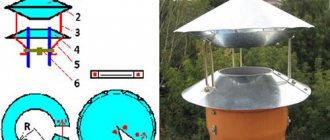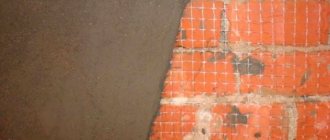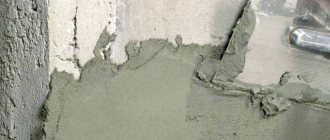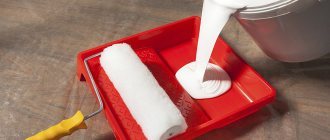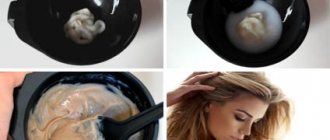Furnaces have certain features, some of which relate to operating conditions. For example, a brick pipe located inside is exposed to hot air, condensation and smoke. Over time, soot begins to settle here.
The chimney outside the building deserves special attention. It is affected by weather factors. For example, it could be rain, wind, snow, or a change in temperature range.
As a result, the brick begins to delaminate. In such a situation, it is necessary to plaster the structure using the correct method.
What is the best way to coat a brick pipe?
Brick or stone masonry is impossible without the use of some kind of binder. Depending on the type of structure and the conditions of its operation, a mortar is selected - light, finishing, special, and so on.
Causes and consequences of chimney pipe destruction
Artificial destruction may include: poor-quality illiterate masonry; low-grade materials used in the work; improper operation; low qualification of the stove master; non-compliance with the rules and construction plans.
This chimney is in need of repair.
If work is carried out incorrectly, condensation may form in the chimney pipe, and with temperature changes and freezing of water, ice will rupture the mortar in the masonry and destroy the bricks. After such processes, it is possible that the draft may be disrupted, which means that it will be impossible to light a fireplace or stove, since the smoke will not go up the chimney, but will go into the room.
Obvious delamination of low-quality bricks
If low-quality or untempered brick is used, it can be damaged by sparks or ignition of gases emanating from the firebox. In the future, these destructions can lead to damage to the entire stove heating system or even to a fire.
Repair of a brick chimney is carried out in cases where it is damaged for other reasons - for example, due to the consequences of natural phenomena or mechanical impact, which led to a violation of the integrity and solidity of the masonry.
Fatal effects of time and nature
Natural causes of destruction include the above-mentioned long-term use, and, as a consequence, the general aging of the structure.
Ways to decorate sauna stoves and fireplaces
After plastering the stove is completed, decorative finishing is performed.
Available types of work:
- painting or whitewashing surfaces;
- applying decorative plaster mixture;
- facing with ceramic tiles.
How to paint a stove after plastering
After plastering, surfaces can be painted or whitened. Substrates must be primed before painting. The work is performed using brushes.
When using ready-made paints, experts recommend using water-based products and synthetic materials. The compositions must be heat-resistant.
When used to paint fireplaces, oil paints will quickly darken because... are not resistant to elevated temperatures.
The traditional way of finishing stoves and fireplace installations is whitewashing. A recommended method for plastering with a solution containing lime. Processing is performed in several layers. For every 10 liters of whitewash solution, 100 g of salt is used. You can give a bluish tint to the mixture by adding a small amount of blue to the composition.
Tile laying
Stove structures and fireplaces are lined with terracotta or ceramic tiles. The elements are fixed to a special adhesive base designed for treating surfaces that can withstand heat. Standard glue is not recommended for use, because... the lining will quickly fall off.
Tiles are not suitable for finishing stoves, because... will not withstand temperature increases. Tiles can be used to adjust the corner parts of structures.
The gluing of tiles is carried out in compliance with horizontal and vertical levels. The uniformity of spaces between elements is taken into account. The color scheme and texture of the tiles are chosen to suit the stylistic design of the rooms or country house.
Decorative plaster
Manufacturers produce specialized decorative plaster for fireplaces and stove devices. The material must have high thermal and wear resistance and strength. When using standard decorative plaster mixtures, gauze fabric can be used as an additional layer.
Decorative plasters with acrylic, silicate, silicone, mineral, and heat-resistant bases are recommended for finishing stoves. The mixture, ready-made or diluted in water, is applied using spatulas. The dried coating is treated with varnish or special wax.
Benefits of plastering
Furnace finishing is necessary not only in case of destruction of the brick material, but also to prevent such a problem.
Moreover, this process has many advantages:
For all these reasons, it is necessary to plaster the stove, and in particular the chimney. Moreover, such a mixture looks neat, has a long service life and is inexpensive.
What is the need for plastering?
You should not leave the stove or fireplace unfinished. There are several reasons for this:
- attractive appearance;
- creation of an additional hermetic layer: even if the brick joints crack, the likelihood of carbon monoxide leaking into the room is significantly reduced;
- hygiene: alignment of masonry joints prevents dust from settling on them.
That is why, after building a stove or fireplace, it is better to plaster them or cover them with heat-resistant ceramic tiles, porcelain stoneware or stone. The first option is used most often. After all, the plaster mixture is inexpensive, looks neat and lasts quite a long time.
Expert opinion
If you want to master the finishing of stoves and fireplaces at a professional level, then I recommend you a video course by Alexander Zalutsky, a stove maker with twenty years of experience. The lessons cover in detail the technologies for decorating fireplaces with tiles, stone and plaster. Only the experience of the master and practical advice without water
